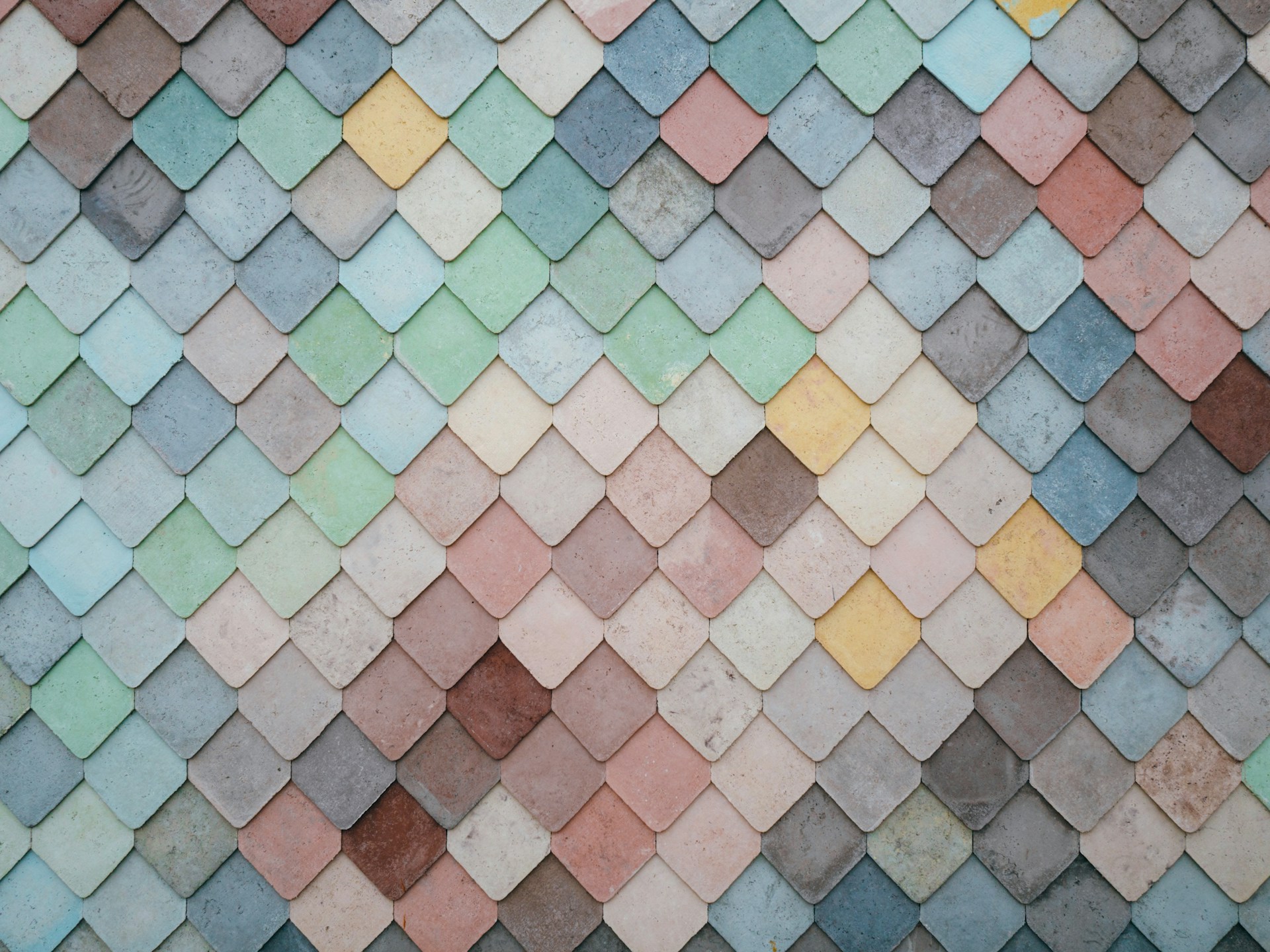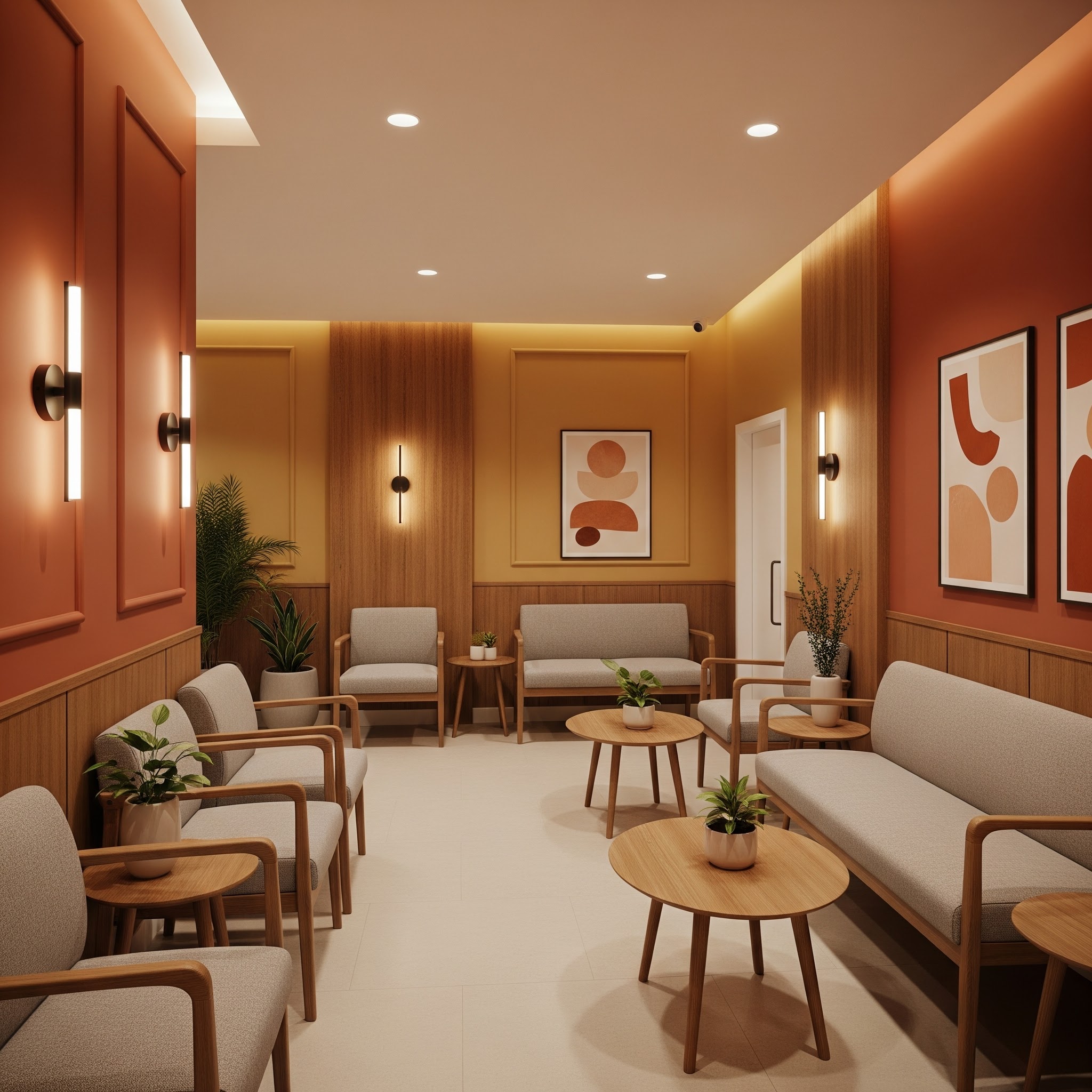Choosing the right color palette for your home can be a transformative experience. It’s not just about picking your favorite hues; it’s about creating a harmonious environment that reflects your personality and enhances your living space. In this comprehensive guide, we’ll explore the art of selecting and implementing the perfect color palette for your home.
Understanding Color Theory
Before diving into specific palettes, it’s essential to grasp the basics of color theory. Colors can be categorized into primary, secondary, and tertiary groups. They can also be described as warm or cool, and understanding these distinctions can help you create a balanced and visually appealing space. Additionally, the color wheel is an invaluable tool for identifying complementary, analogous, and triadic color schemes.
The Psychology of Color
Colors have a profound impact on our emotions and behavior. For instance, blue is often associated with calmness and serenity, making it an excellent choice for bedrooms. Yellow, on the other hand, is energetic and uplifting, perfect for kitchens or home offices. Understanding the psychological effects of different colors can help you choose a palette that not only looks good but also feels right for each room in your home.
Assessing Your Space
Before settling on a color palette, it’s crucial to assess your space. Consider factors such as natural light, room size, and existing furniture. Rooms with ample natural light can handle darker or more saturated colors, while smaller spaces might benefit from lighter hues to create an illusion of spaciousness. Your furniture and decor should also inform your color choices, ensuring a cohesive look throughout your home.
Popular Color Palettes
While personal preference should guide your choices, certain color palettes have stood the test of time in interior design. Here are a few popular options:
- Neutral Elegance: Combining shades of beige, gray, and white for a timeless and sophisticated look.
- Nature-Inspired: Incorporating earthy tones like green, brown, and blue to bring the outdoors inside.
- Monochromatic: Using various shades and tints of a single color for a harmonious and modern aesthetic.
- Bold and Vibrant: Mixing bright, contrasting colors for an energetic and playful atmosphere.
- Pastel Paradise: Opting for soft, muted colors to create a calm and soothing environment.
The 60-30-10 Rule
When implementing your chosen color palette, consider the 60-30-10 rule. This guideline suggests using your dominant color for 60% of the room (typically walls and large furniture pieces), a secondary color for 30% (accent furniture and textiles), and an accent color for the remaining 10% (accessories and small decor items). This approach ensures a balanced and visually pleasing distribution of color throughout your space.
Testing Your Palette
Before committing to a color palette, it’s wise to test it in your space. Paint large swatches on your walls and observe how they look at different times of the day and under various lighting conditions. Consider using peel-and-stick paint samples for an easy and mess-free way to visualize your chosen colors in your home.
Incorporating Texture and Pattern
While color is crucial, don’t forget about texture and pattern. These elements can add depth and interest to your color palette. Consider incorporating textured fabrics, patterned wallpaper, or textured paint finishes to enhance your chosen colors and create a more dynamic living space.
Transitioning Between Rooms
Creating a cohesive flow throughout your home is essential when working with multiple color palettes. Consider using a neutral color as a unifying element in connecting spaces like hallways. Alternatively, you can carry one or two colors from your palette into adjacent rooms to create a sense of continuity.
Seasonal Adaptability
Your color palette doesn’t have to be static. Consider how you can adapt your palette seasonally with easily changeable elements like throw pillows, curtains, or artwork. This allows you to refresh your space throughout the year without committing to major changes.
Conclusion
Finding the perfect color palette for your home is a journey of self-expression and creativity. By understanding color theory, considering your space, and experimenting with different combinations, you can create a home that not only looks beautiful but also feels uniquely yours. Remember, there are no strict rules in interior design – trust your instincts and choose colors that resonate with you. With thoughtful planning and a bit of courage, you can transform your living space into a harmonious and inspiring sanctuary.





